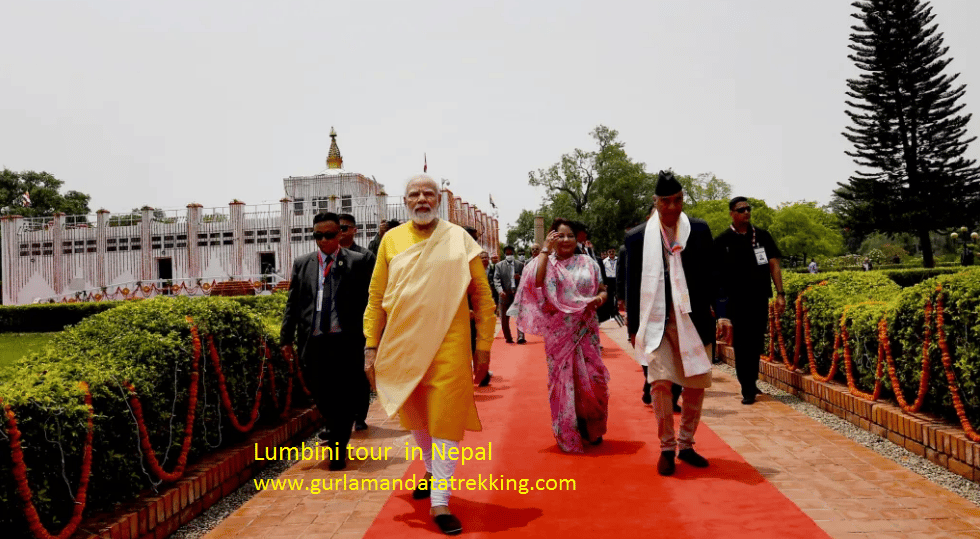Welcome to Gurla Mandata
Mt.Cholatse Peak Climbing 28 Day.
Mt.Cholatse Peak Climbing 28 Day. It (also known as Jobo Lhaptshan) is a mountain which lies in the Khumbu region of the Nepalese Himalaya..,
Mt Cholatse is connected to Taboche (6,501 m) by a long ridge the Chola glacier descends off the east face. Moreover, we can see the north and east faces of Mt.Cholatse from Dughla, on the trail to Mount Everest base camp..,
Mt.Cholatse was first climbed via the southwest ridge on April 22, 1982 by Vern Clevenger, Galen Rowell, John Roskelley and Bill O’Connor. Thus, the north face was successfully scaled in 1984. Ueli Steck accomplished the first solo ascent on April 15, 2005 through the north face.,.Peak climbing.
Many more Highest Mountain Mt.Everest , Mt.Lhotse, Mt. Nuptse, Mt. Pumori, Mt.Ama Dablam, Mt. Bharuntse, Mt.Makalu can be seen from the top. And Mt Cho Oyu , another many more peak like Mt.Island peak ,Chukung ri, Pokalnde peak, Kalapattaer, Everest base camp can be seen. Therefore, Mt Cholatse Peak is central the highest Mountain in Khumbu valley .
The Mt. Cholatse is also known as Jobo Lhaptshan and falls in Khumbu region. Furthermore, Mt Cholatse and Taboche (6,501m) are connected and it’s east face consists of Chola glacier.
Major attractions:
- The world’s highest peak Mt. Everest (8848 M)
- Two highest other peaks 8000 m
- Mount Everest region ecosystem
- Mt. Everest base camp and kala patthar
- Gokyo lake and glaciers
- Snow leopard,musk deer and Himalayan munal
- Chukung and thame valley
- Sherpa culture and Monasteries
SAFETY KITS:
1. You should never trek alone. So, hire a guide if you can’t find companion.
2. Choose trekking companies/guides with eco friendly concepts.
3. Always get information about high altitude sickness.
4. Also, always carry a good medicine kit.
5. Hence, watch where you are walking. And don’t step backward blindly while taking photos.
6. Therefore, time your trek generously. Also, taking rest while trekking is not a sign of weakness.
Therefore, the trip cost will vary depending on the group size, duration of days and services required. Please contact us via our email. gurilamandatatrek@yahoo.com Along with your details to obtain a quote.





